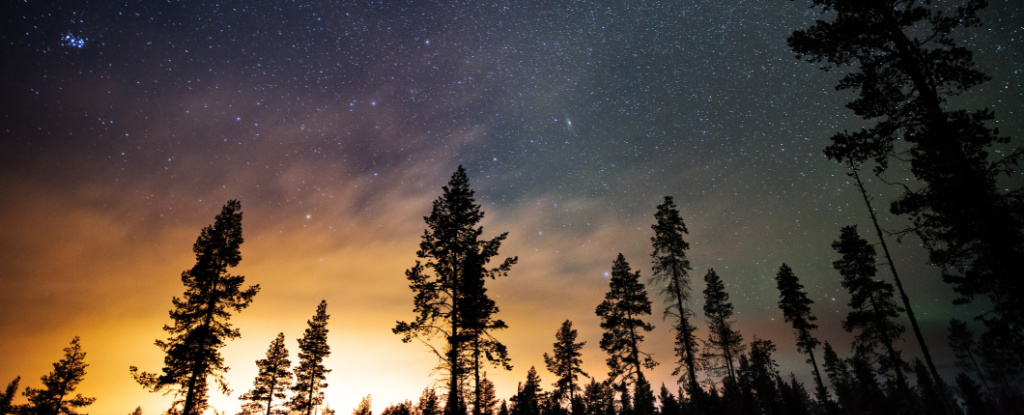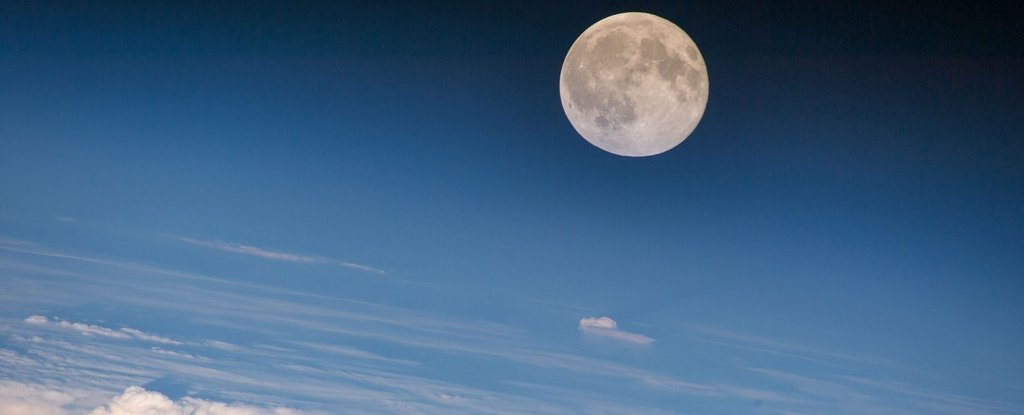While city dwellers sleep shrouded in the warm glow of the artificial lights that surround urban centers, stargazers feel the chill of the night sky and see all of its constellations shrouded in a blur by the same urban lights.
It’s a worrying trend that dates back decades. 1973 Astronomer Kurt Riegel warned that artificial light was rapidly changing our view of the night sky. Since then we have learned from this light pollution expand urban areas also harms ecosystems and insect populations.
A new study shows the world’s night sky is brightening at an amazing rate, and much faster than satellites previously indicated. In other words, the darkest stars in the night sky quickly disappear when artificial light illuminates the night sky.
Based on observations by over 50,000 citizen scientists worldwide, who compared their view of the stars with maps of starry skies showing different levels of light pollution, physicist Christopher Kyba from the GFZ German Research Center for Geosciences and colleagues determined that the night sky has brightened by about 7 tons 10 percent each year, from 2011 to 2022.
That’s equivalent to doubling the brightness of the night sky in less than eight years, or quadrupling it in 18 years. The researchers estimate that a child born under a night sky with 250 visible stars would see fewer than 100 stars in the same patch of darkness by the time they graduate from high school.
They suspect that this recent trend toward brighter night skies is partly due to the installation of modern LEDs (light-emitting diodes), which emit more light than incandescent bulbs for a given wattage.
Satellites that measure global skylight are often “blind” to the blue light that LEDs produce and cannot detect wavelengths below 500nm. These shorter wavelengths of light also scatter more easily in the atmosphere than longer wavelengths, creating a huge haze that prevents the night sky from ever completely darkening.
“Star visibility is deteriorating rapidly despite (or perhaps because of) the advent of LEDs in outdoor lighting applications,” to write the researchers in their published work.
“Existing lighting guidelines do not prevent increases in skyglow, at least on a continental and global scale.”
Citizen scientists in North America reported the largest increases in sky brightness, averaging 10.4 percent per year; Night skies over Europe were brightening at a slower rate, about 6.5 percent per year.
Although it’s a rough average, the rest of the world brightens the starry sky by 7.7 percent each year from light pollution.
This dwarfs estimates from satellite measurements of global skyglow, which found that the night sky increased in brightness by 2.2 percent each year between 2012 and 2016, compared to an annual rate of brightening of 1.6 percent over the previous 25 years.
While the analysis depends on observations logged by citizen scientists, who came primarily from North America and Europe because they were looking at stars visible to the naked eye, the analysis accounts for changes in both shine and spectral profile of the night sky—whether the light is bluer or redder, made up of shorter or longer wavelengths.
The study adds to what we know about the intense glow of artificial light and shows how quickly humans have changed the way we see the starry sky.
“In general, when looking at the images and video of the International Space Station from Earth’s night hemisphere, people are just struck by the ‘beauty’ of the city lights, as if they were lights on a Christmas tree. They don’t realize that these are images of pollution,” Fabio Falchi and Salvador Bará, two physicists and dark sky advocates at the University of Santiago de Compostela in Spain, to write in a perspective on the new study.
“It’s like admiring the beauty of the rainbow colors that gasoline creates in the water and not realizing it’s chemical pollution.”
make it worse thousands of satellites launched into low Earth orbit in recent years are also affecting astronomers’ ability to study the cosmos.
Scientists have moved their observatories away from city limits, but these shiny satellites reflect the sun’s rays into the lines of sight of optical telescopes and transmit radio waves at the same frequencies that radio telescopes use.
While these satellites are beyond the reach of citizen scientists, Kyba and colleagues are once again asking for their help to create one Inventory of outdoor lighting to better understand the sources of light pollution.
Falchi and Bará also propose some strategies to control light pollution, similar to how air quality directives have curbed air pollution. Overall caps and “red line” limits for outdoor lighting production could complement other efforts preserve dark skies in designated locations where artificial light has not yet spoiled the inky darkness.
The study and perspective are published in Science.





